Ground Reports
Post-Poll Journeys, Dispatch 2: In Sirsa And North-West Rajasthan, Unemployment And Exodus Of Educated Youth Are A Big Concern
Banuchandar Nagarajan
Jul 15, 2024, 01:28 PM | Updated 01:41 PM IST
Save & read from anywhere!
Bookmark stories for easy access on any device or the Swarajya app.
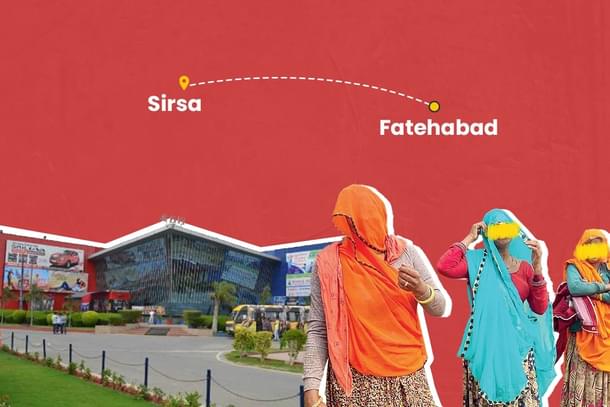
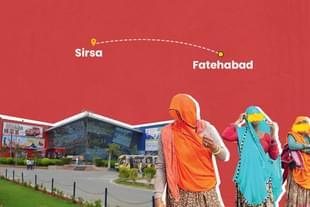
Haryana has made significant strides in development, evident in its expanding cities and industrial corridors. Yet, it grapples with fundamental issues of employment, agricultural sustainability, and social equity.
Let us look at the multi-dimensional poverty index for the state. Except for the number in Nuh and Palwal, which are abysmal, the state has done not too badly. (Both Nuh and Palwal are close to national capital region and have sizeable minority populations).
Fatehabad and Sirsa, the districts I was about visit, had their poverty headcount at about 7 per cent.
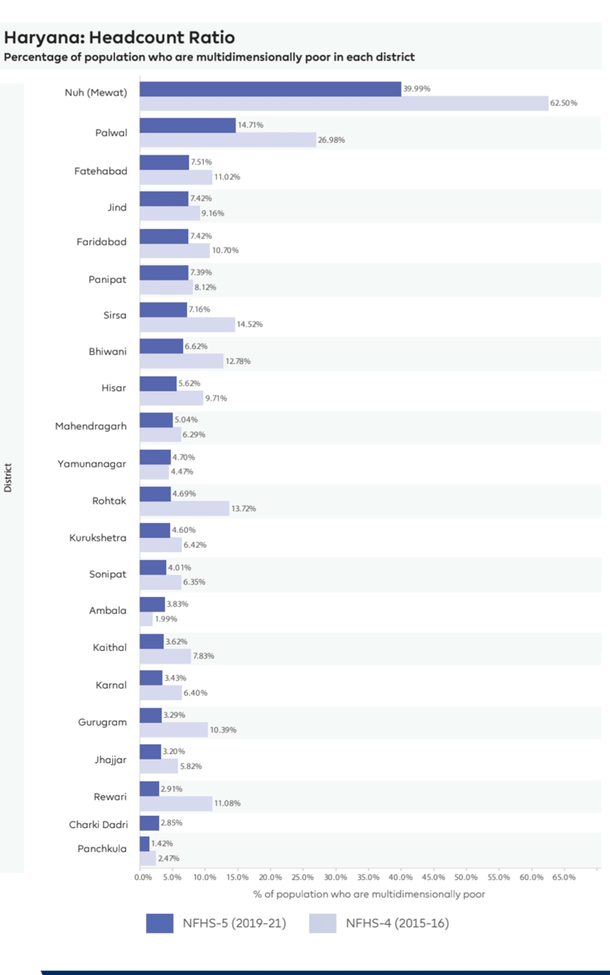
Citrus fruits are the chosen product under the 'One District, One Product' (ODOP) programme for Fatehabad. A cursory Google search revealed only one citrus fruit retailer in the area.
A couple of people that I spoke with did not know about it either. Nor did I see trees of citrus fruits. ODOP promises to be an exciting programme but needs a serious upgrade, a la 'Incredible India'. This was apparent even during the pre-election travels in Uttar Pradesh and Bihar.
As I approached Sirsa along NH 9, the urban landscape grew more pronounced. The city's entrance was marked by malls, shopping complexes, and movie theatres — signs of growing prosperity. Sirsa was much bigger than what I thought.
Conversations with locals like Kanhaiya Lal, a hotel attendant, revealed underlying issues. Unemployment emerged as a critical concern, with educated youth leaving the area in search of opportunities. Youngsters are not getting brides.
Lal says that he doesn't own any land and he is worried about his life. Human beings have the habit of externalising the causes of the problems. Lal placed the blame squarely on the government for his quandary. He is finding it difficult to balance his love for Prime Minister Narendra Modi and the day-to-day issues that he faces.
The political mood here too, favoured the Congress, with widespread dissatisfaction with the current state government. The new Chief Minister, Nayab Saini, is running out of time to carve a niche for himself.
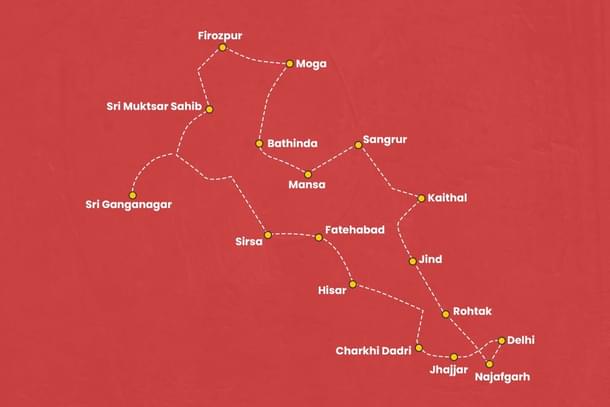
Sirsa has elected the formidable Congress leader, Selja Kumari, as its MP. Bharatiya Janata Party (BJP), Congress, Jannayak Janta Party (JJP) and Indian National Lok Dal (INLD), have all won assembly seats from here in 2019. The upcoming elections will be interesting and Selja might be gunning for the chief minister's post.
The upcoming assembly elections in Haryana is likely to be shaped by issues affecting the youth. The voices from these chai stalls, fields, and city streets will undoubtedly play a crucial role in determining the state's political future. The BJP should engage in an extended grassroot connect programme if it wants to have a shot at the third term in power.
The Rajasthan Detour — The Canal Colonies Of Hanumangarh And Ganganagar
As I journeyed from Sirsa towards Hanumangarh district in Rajasthan, the landscape unfolded a tale of agricultural prosperity, social challenges and political shifts.
This region, often referred to as the food basket of Rajasthan, owes its fertility to the intricate network of canals built from the tributaries of the Indus. The canal colonies present a fascinating history, shaping not just the geography but the socio-economic fabric of the area.
Powered by the rivers, Saraswati and the Drishadvati (extinct physically, but alive in historical memory), this area has been the cradle of human civilisation, hosting tribes similar to those belonging to Mohenjo-Daro and Harappa. The barren plains were brought alive in the early 1900s thanks to Maharaja Ganga Singh, who constructed the Ganga Canal to carry excess water from Punjab to these areas.
The journey can be summed up in three words: canals, cotton, and idle youth. While the land flourishes, a concerning trend emerges — the apparent lack of motivation among young people to seek employment.
This calls for a thoughtful debate on the merits and pitfalls of direct benefit transfers. While such programmes aim to support the underprivileged, there's a growing concern that they might inadvertently foster complacency among the youth. "Apahij bana deta hai" was the refrain from an elderly gentleman.
A stark contrast to Bihar or Uttar Pradesh, the villages of westernmost Haryana and Rajasthan are marked by a near absence of women in public spaces. The few visible women are often veiled in ghoonghat, raising questions about women's empowerment in these regions.
It's a delicate issue that the Hindu society needs to address, balancing cultural norms with progressive ideals. The juxtaposition with burqa is just an unnecessary distraction.
On the socio-economic front, both Hanumangarh and Ganganagar compare very favourably with their peer districts in Rajasthan with the poverty head count of around 10 per cent.
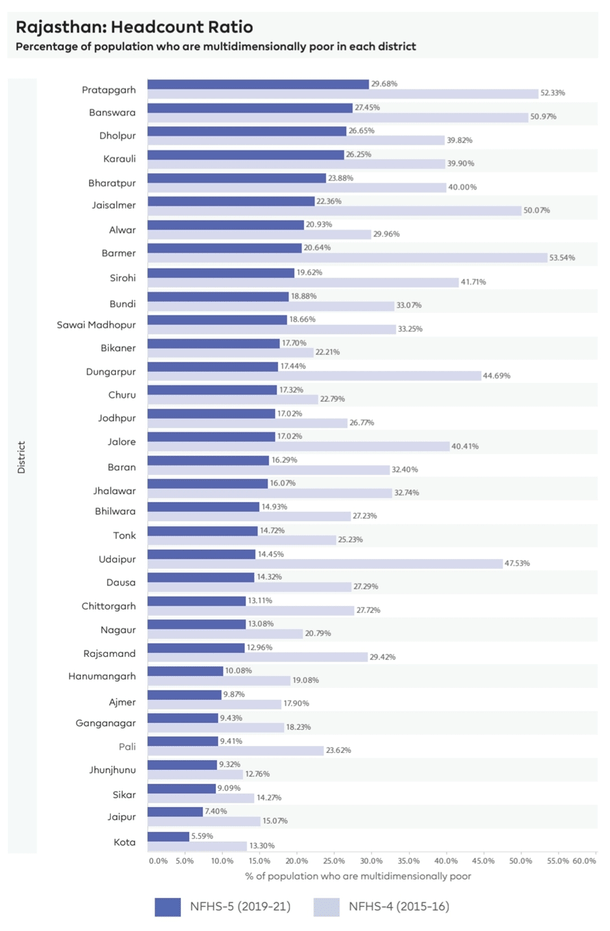
My driver hails from Alwar. He is a father of four daughters. He is really worried that his daughters will go for 'love marriage' and cause him shame. He says that fathers of Rajasthan are turning more conservative because of the 'mobile phone culture'.
We pass by the magnificent Amritsar-Jamnagar Expressway. A good road-trip movie is waiting to be made. I stopped at a small village called Gaddarkada bordering Punjab. Sikhs and Muslims form a significant part of the population in the area.
Here, I met Gurmeet Singh, a farmer who shared insights into the agricultural economy. Despite receiving government subsidies, he is stressed about the high costs of farming. He is 'receiving' an extra Rs 1,000 (apart from the Rs 6,000) from 'Bhajan Lal Ji' as part of the Krishi Samman Nidhi.
The village infrastructure seemed adequate, with a regulated canal water supply system. However, unemployment emerged as a significant concern, influencing political preferences in the region. He says that NREGA work has increased, which Singh derisively refers to as "free money". Maybe there is a slack in the area on directing NREGS workers into building productive assets.
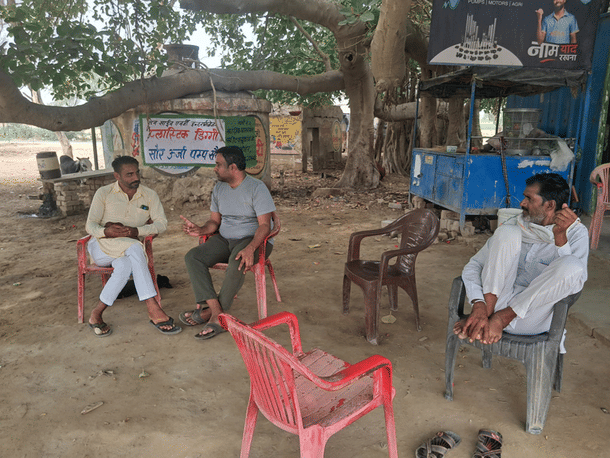
Ganganagar has voted for the Congress decisively in the parliamentary elections. In the 2018 assembly elections, they voted for Gurveer Brar of the BJP. (With a successful Sikh politician being a rarity in the BJP, I wonder why the party is not projecting him more?)
But, in the recent parliamentary elections they have shifted to Congress because of the employment issue.
The youngster running the tea shop is a BA graduate. I ask him whether he considered travelling to Delhi or Mumbai for work. He said that it is impractical and that he will not leave the comforts of the village. There lies another conundrum of job creation. What can governments do when they build industrial clusters for efficient development, but youngsters are hesitant to relocate?
These folks consume at least two hours of YouTube every day. They suggested that I make YouTube videos instead of writing articles. Gurmeet Singh promised that if I started a YouTube channel, he will make sure the whole village watches it.
The journey through these border regions of Rajasthan and Haryana revealed a land of contrasts. Agricultural prosperity coexists with social challenges, traditional values grapple with modern aspirations, and political loyalties are shaped by local issues rather than national narratives.
As these states stand at the crossroads of tradition and modernity, the solutions to their challenges — be it motivating the youth, empowering women, or combating drug abuse — will likely determine their trajectory in the coming years.
Read the first article in this series here.
Banuchandar is a political and public policy advisor. He posts at @Banu4Bharat.





